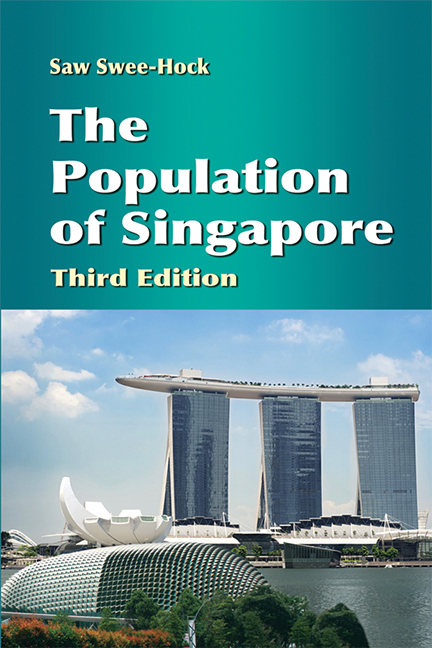Book contents
- Frontmatter
- Contents
- List of Tables
- List of Figures
- Preface
- Preface to Second Edition
- Preface to Third Edition
- 1 Background
- 2 Population Growth and Distribution
- 3 Changing Population Structure
- 4 Migration
- 5 Mortality Trends and Differentials
- 6 Marriage Trends and Patterns
- 7 Divorce Trends and Patterns
- 8 Fertility Trends and Differentials
- 9 Family Planning, Abortion and Sterilisation
- 10 Fertility Policies and Programmes
- 11 Immigration Policies and Programmes
- 12 Labour Force
- 13 Future Population Trends
- Appendix
- Bibliography
- Index
10 - Fertility Policies and Programmes
Published online by Cambridge University Press: 21 October 2015
- Frontmatter
- Contents
- List of Tables
- List of Figures
- Preface
- Preface to Second Edition
- Preface to Third Edition
- 1 Background
- 2 Population Growth and Distribution
- 3 Changing Population Structure
- 4 Migration
- 5 Mortality Trends and Differentials
- 6 Marriage Trends and Patterns
- 7 Divorce Trends and Patterns
- 8 Fertility Trends and Differentials
- 9 Family Planning, Abortion and Sterilisation
- 10 Fertility Policies and Programmes
- 11 Immigration Policies and Programmes
- 12 Labour Force
- 13 Future Population Trends
- Appendix
- Bibliography
- Index
Summary
With the view of strengthening the population control programme in the 1960s, the government introduced incentive and disincentive measures aimed at reducing the high level of fertility. When fertility continued below-replacement level from 1975 onwards, most of the antinatalist measures were abolished, and pronatalist measures were put in place to try to raise fertility from its extremely low level. An account of the development of these fertility policies and programmes will be presented in this chapter.
EARLY ANTINATALIST PROGRAMME
From the early sixties, the government was aware of the conflicting character of some of its policies with respect to the promotion of a small family norm within the context of a national population control programme. In introducing the Employment Act 1968, the government took the opportunity to abandon the old practice of granting paid maternity leave to working women irrespective of the number of children.1 Under this Act, a female worker was entitled to paid maternity leave for four weeks before and four weeks after each confinement up to the third child only — a measure aimed at discouraging rather than prohibiting large families. Subsequently, paid maternity leave was further restricted to the first two confinements through a Ministry of Finance directive for the public sector and through the Employment (Amendment) Act 1973 for the private sector. In government service, female employees with more than two children could still be granted paid maternity leave prescribed by their doctors if they were sterilised after a delivery or abortion. Another way of promoting sterilisation was the granting of seven days unrecorded full-pay leave to male and female civil servants for the purpose of undergoing sterilisation.
In the area of public housing, some of the rules which had a tendency to encourage parents to produce more rather than fewer children were first changed in the late sixties. One rule stipulated that to qualify for public apartments the minimum household size had to be five, thus barring couples with no children or with fewer than three children from applying for them. In 1968, the Housing and Development Board (HDB) amended this rule to make such couples eligible for its apartments.
- Type
- Chapter
- Information
- The Population of Singapore , pp. 209 - 251Publisher: ISEAS–Yusof Ishak InstitutePrint publication year: 2012



